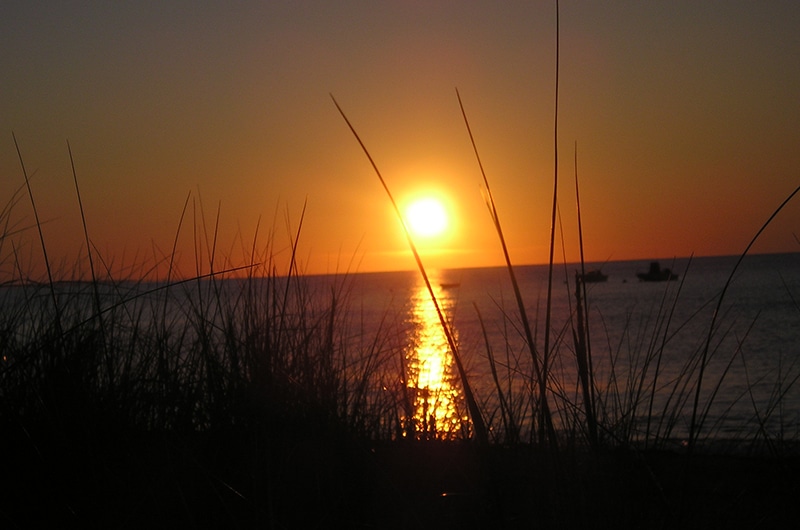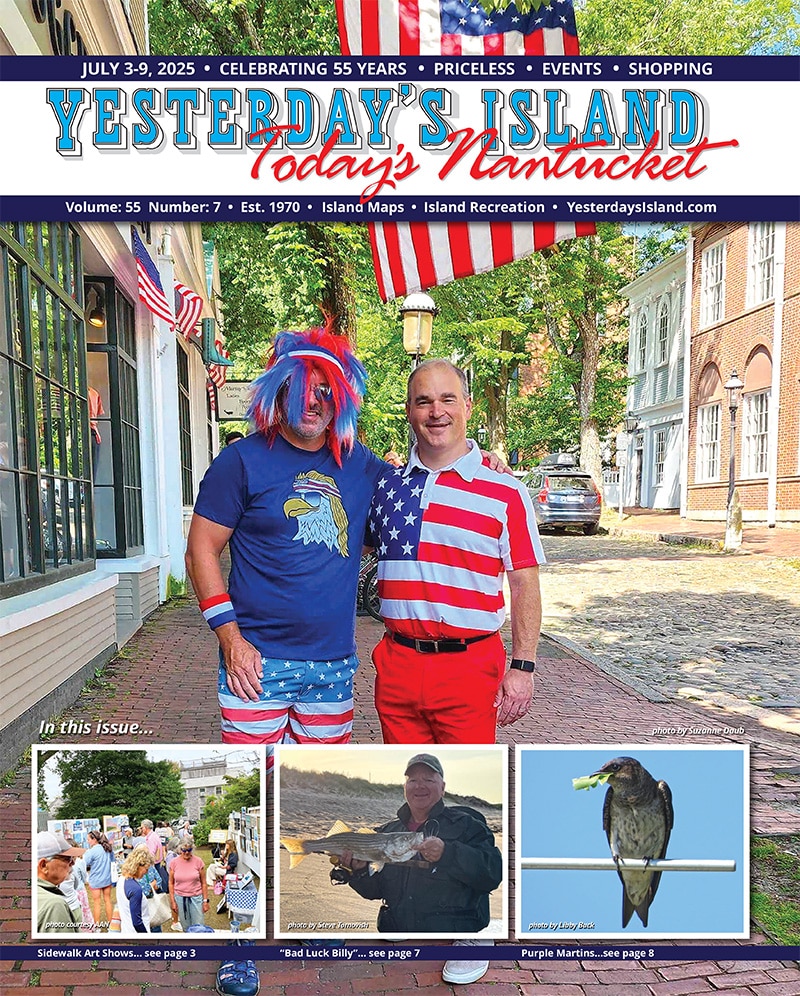by Robert P. Barsanti
In an idle corner of Massachusetts, Route Two dips along the Connecticut River for a moment, rises to a point in Turner’s Falls, pauses at a flashing red light, than just as fast swoops past Greenfield and out into the the hills of the Berkshires. At the light, a gas station has spread across one corner, a snow mobile dealership goes out of business on another, and a Polish food truck opens on the weekend. On the last quarter, a growth of trees spreads along the high bank of a river forested until Route Two turns into Greenfield. I spent an afternoon amid all of those trees and rocks.
Now, in the familiar memory, the sandy field in the midst of the alders and the birch had been a sand excavation company and may have become a WalMart to relieve the bargain shoppers of the long drive to Northampton or to Bennington. Three hundred and fifty years ago, it had been a massive fishing camp that attracted Native Americans from as far away as the Great Lakes. Salmon and Shad swam up the river from the Atlantic, and then leapt up the rocks. The fishermen waited with weirs, nets, and spears. The fish would be cleaned, dried, and packed away. The fishermen had been working the falls for ten thousand years. They had fallen and died in this area for as long, and had been buried high up on the riverbank.
The Pocumtuck Indians have long since decamped from Great Falls. Captain Turner led a slaughter of the camp during King Phillip’s War, and was, for his efforts, rewarded with death that same evening. His name, for the moment, memorializes a sleepy and fading community. For the Native, the dead were solemnized, buried, and left along the bluff. Later, a sand and gravel company moved into the empty field, dug it up, and spread the rock and remains as the “bed” for Route Two. After a squabble of anger, politics, and money, the bluff over the Connecticut was returned to the Nipmuc tribe; they own the trees and rock just beside the rolling trucks and Volvo’s on Route 2, up in Turner’s Falls.
I was led through the old fort that the Nipmuc had built on top of the bluff. Lumps from the walls and holes from the looters remain. Instead, however, aspens, birch, and pine had grown throughout the meeting rooms, defensive fortifications, and food stores. Near the north wall, my guide tried to show us a stone turtle, assembled thousands of years previous. If you squinted with your historical memory, and peeled away a hundred years of moss, you could see the stone turtle squatting at the foot of a ten foot palisade fence, commanding the bend and falls of the Connecticut River. But not now. That vision was lost to the trees.
Were the Wampanoags to arise from their graves on Nantucket, they too would be surprised by the trees. For most of the island’s existence, island grown wood was sparse. Melville wrote that “splinters were as rare as chips of the True Cross.” If you prowled through the upper harbor, you could find some old pine stumps in the salt water or left on Shawkemo, but the island is remarkably stump free…or ancient stump free.
Today, if I am honest and not looking to whine, the greatest changes on Nantucket in my time are trees. Where sheep grazed and birds once nested on the ground, all sorts of trees stretch skyward. Their roots dig into the bones of the ancestors and their branches block the sun and wind. In my time, the trees have grown through Miacomet, thickened the Milestone and Polpis Roads, and encased the Madaket Road. Sometime, in the far off, storm tossed future, our island may be known for its tenacious roots and stubborn oaks.
Time flows all around us, in its syrupy ooze. Just as we complain about the traffic on Old South Road, so did the Pocumtuck whine about the strangers showing up and catching all the salmon. Both complaints blow through the leaves on the trees (And feed our new friends, the squirrels).
They will replace the lumberjacks and out live us all.
We don’t matter in the business of trees. The aspens and the birches of Turner’s Falls will attest that the ancient Pocumtuck make an excellent lunch for their roots. On-island, the scrub oak feed on the wisdom of the Quakers. Where the time of trees stretches out, our time is brief. Every visit to Nantucket could be our last one; not because Hurricane Henry is going to scour the sand bar flat, but because time will slip us under the highway in the wink of an eye. Tomorrow the giant elm on Surfside Road will remain, but I may not. We are here for a good time, not a long time.
In the midst of a recent heat wave, when the trees unfurled their leaves to the sun, I drove out to Madaket. In July, we are thick on the island. A line of a hundred or so walked up the bike path, past the restaurant, to the bluff over the beach. The elders had rigged a staircase down to the beach, where the waves rolled in and the fishermen cast for something without a fin and a wide mouth. Everyone else who was not performing sat on towels and chairs, then watched an orange sun sink over Tuckernuck.
It’s the same sunset. Time changes homes, fishing camps, enemies, and even trees. But the astronomical clock continues to tick through the day and along the horizon. Some time in January, earlier in the evening of course, the same sun will perform the same closing routine as it did in July. The moment will not be greeted with white wine and beer, but it will still happen. Tick tock, the trees whisper. Tick, tock.
On this day, the families were together. They were arrayed on towels, lubricated with wine, fed with crackers, and alive at the edge of the continent. The water rolled, the sky glowed and that mundane moment, when burned gold again, held us all up into a moment when we were all together.
After the sun squashed and disappeared, the visitors on the beach applauded.



